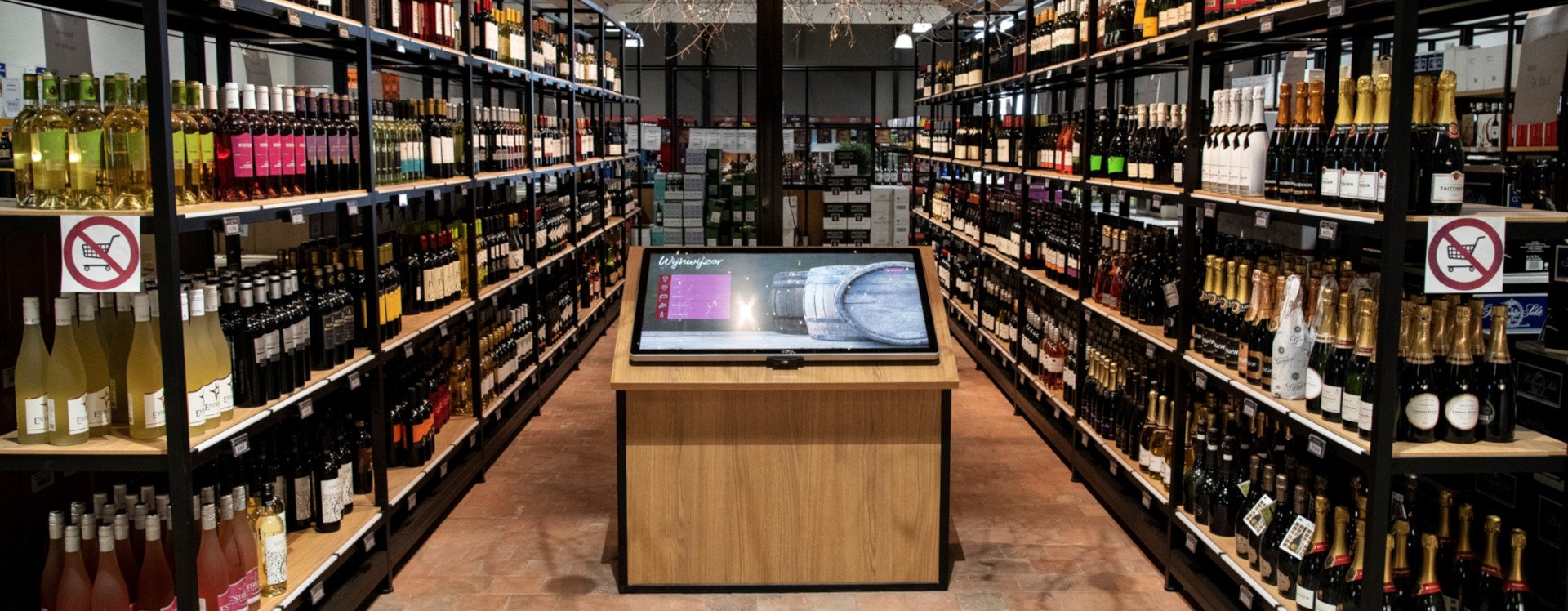Digitalization means advancement. That is why retail and digital signage have undergone continuous transformation in recent years. At the top of the list at the moment: Artificial Intelligence (AI).
Actually, AI is not as new as many people think. Researchers have been working on self-learning systems for a long time. What is new, however, is that Artificial Intelligence is now widespread. With Alexa, Cortana and Siri, the first systems are in widespread use. Google Duplex will accelerate the development: In May 2018 Duplex showed that an AI can now perform tasks such as booking hotels or making appointments in an excellent and very human-like manner. Natural conversations between man and machine are now possible.
In conjunction with advances in robotics, AI will also receive another boost. Boston Dynamics robots that can run and jump are to be launched on the market from 2019. At the same time, they can take on delicate tasks – such as safely placing an egg in a package – or detecting wanted persons. It is possible that these or similar robots could be used as harvesters or on construction sites. One thing is clear: robots, especially intelligent robots, will be meeting us more and more often in a few years‘ time.

Whether as a language assistant or as the intelligence of a comprehensive technological tool – one goal should be: Take the A(rtificial) out of AI. For the management consultancy Deloitte, the three Ds are the decisive factors when it comes to the future of the digital and digitised economy: data, digital and design.
In general, AI requires data as fuel to get smart and to grow. AI for Image recognition and for natural dialogues is mostly cloudbased. Application areas in retail and other industries are likely to be novel interfaces that will sooner or later massively augment the keyboard and touch, if not replace them altogether. Imagine a talking fitting room or a gym room equipped with this technology. When perspiration is involved, you will certainly like to communicate by means of a voice-controlled AI. Or in a fitting room with one that recommends additional clothes without having to use a touch screen. At least for the moment we think that AI which directly addresses people is more suitable for use in a more private environment. A talking shelf in the supermarket may seem unusual or even frightening.

Sensors can already be found much more frequently. In the future, they will be used as a data source for the Als. These include optical sensors such as cameras, radio-based sensors such as RFID, beacons and NFCs or electromechanical and gyroscopic sensors. Thanks to the connection via new mobile radio standards, the use of sensors continues to be massively fired up. In general, they must be meaningfully networked (IoT).
For Digital Signage providers, this opens up a new field. Because not only API triggers want to be processed, but dozens or even hundreds of sensor signals. This will require a new quality of data management. Solutions to manage these kinds of tasks are currently the Grassfish Experience Hub or NEC’s Leaf Engine, a middleware that has been developed and maintained for several years. The field of sensors also has enormous potential for integrators when it comes to new products and services. Think of combined loss prevention systems, with RFID and ESL (Source Tagging), which cover all colour and size variants, for example in the fashion sector. Sensors have long been used for services such as maintenance, for example in outdoor advertising, where Ströer uses beacons exclusively for service documentation and requests – in conjunction with an app for employees.
Already now, sensors provide information on product availability, health status, customers (analytics), supply chain processes and store operations. Large retail companies also rely on sensors for shelf replenishment. In the future, sensors and AI will provide companies with even better information about what people do in stores and where goods are located.

